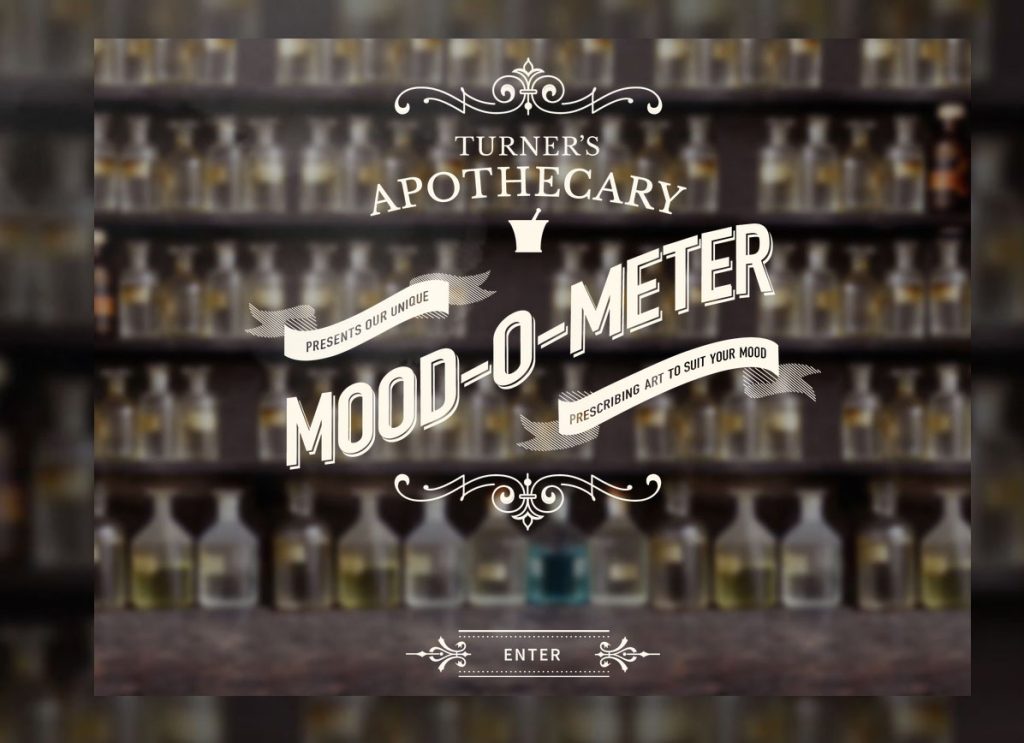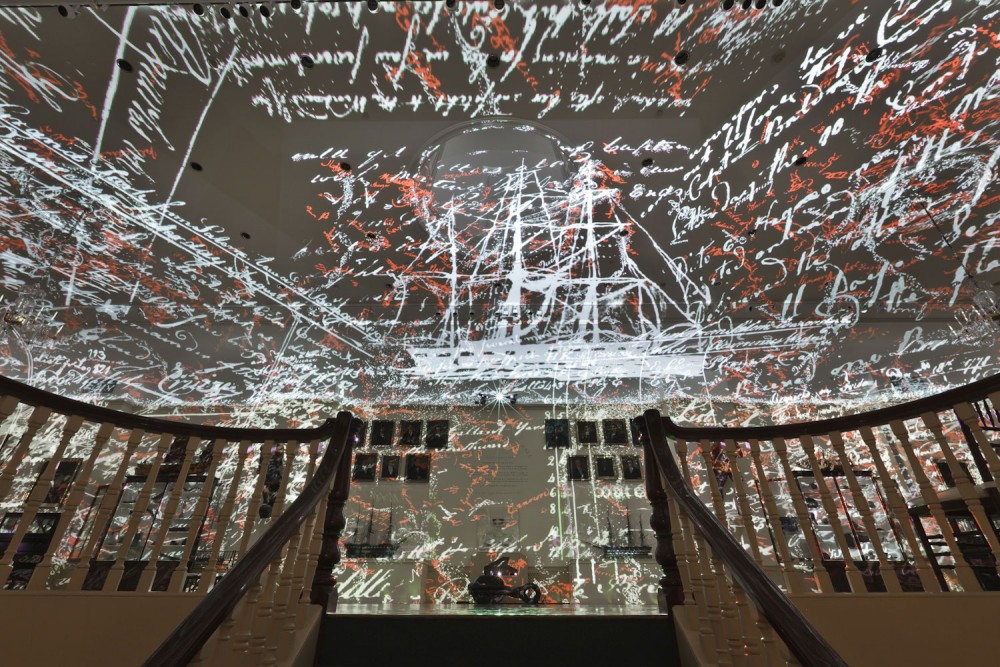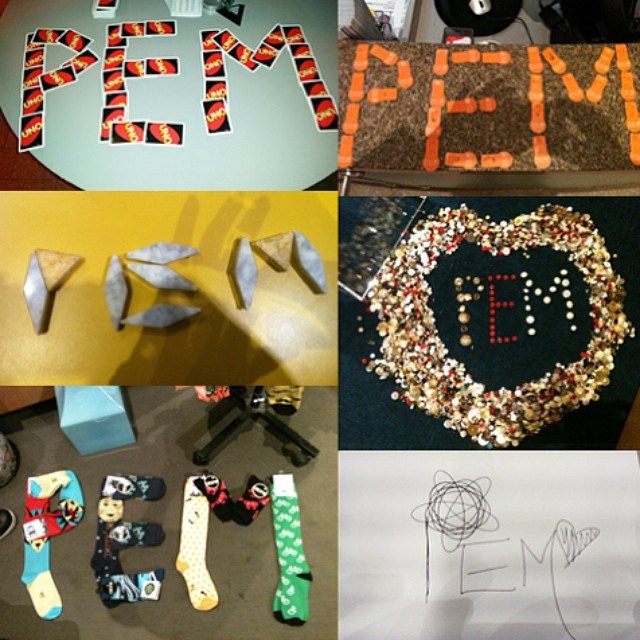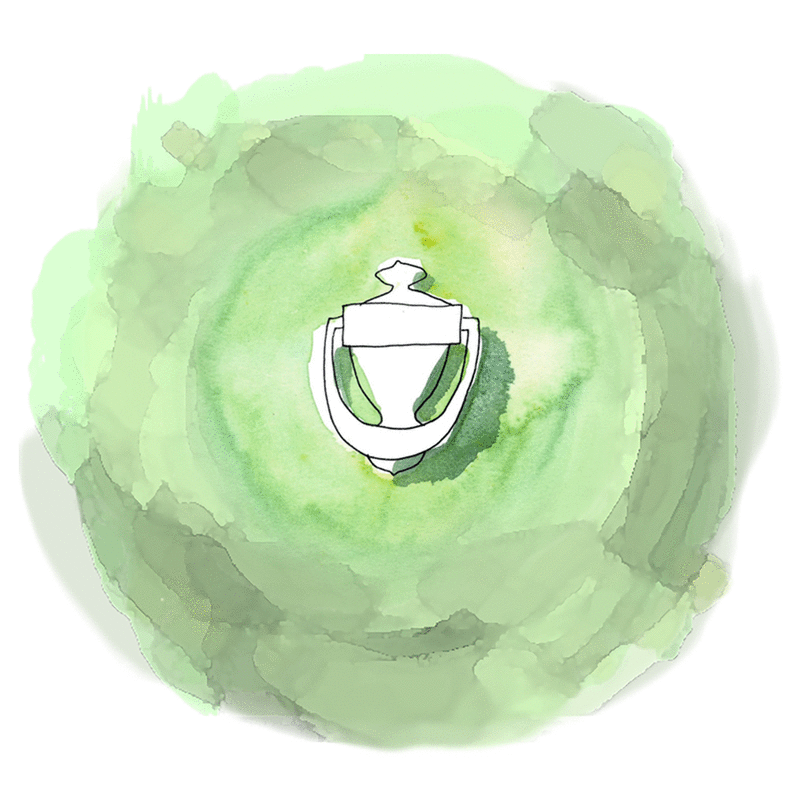You may know Ed Rodley from Drinking About Museums, Thinking about Museums or as one of the chairs of the MCN Conference. You also may know about digital paper dolls, Mood-o-meters, and 3-d printed models at the the PEM. How does the Peabody Essex Museum so consistently produce such cool and meaningful interactive tech? I sat down with Ed Rodley and Caroline Herr of the Integrated Media department to figure it out.
I responsibly recorded my conversation with Ed Rodley, Assistant Director of Integrated Media and Caroline Herr, New Media Web Associate and then responsibly couldn’t figure out how to replay it so what you hear is my interpretation of their responses, but these two are so interesting, even my own clumsy prose couldn’t ruin it.
My first big question was to figure out “what is integrated media” at the Peabody Essex. Ed deferred to Caroline, who he referred to as an “award-winning web dev and new media prodigy”. (Caroline’s humble reply… “oh whatever.”) Both Ed and Caroline started by explaining that job and department titles are more philosophical than functional at the PEM: they do a lot of stuff from design to development to user testing, UI, UX and all connected to art and exhibits
Integrated Media, Ed explained, is a museum philosophy. It’s the philosophy that media is a tool that should be used to communicate with visitors through every step of the process, not screens sanctioned off on another part of the museum so as not to contaminate the art. At the PEM, Ed and Caroline are part of the exhibit design and development process right from the very first meeting, not tagged in after all the “important work” is done.
The result is tech that seamlessly integrates into the exhibit experience and doesn’t feel like an add-on. One of my favorite examples was their most recent Thomas Hart Benton exhibit, where they had a model of the artist’s desk, complete with a 3D printed version of one of the sculptures he used for his murals of “Grapes of Wrath”. You were encouraged to touch the model and imagine how the artist might see it- and also imagine how and why he created these clay models before he started painting. It was one of the most unique uses of 3D printing I’ve seen. Asking Ed about it, he said they couldn’t get access to display the real model and so decided to 3D print a new one! A perfect example of Goals/Resources/Restrictions… using tech to use what you have to get what you need.

Other fantastic examples include the “Turner’s Apothecary Mood-o-Meter”, which was somewhat like a more directed “Magic Tate Ball”. Answer a series of questions to be directed to a custom-chosen J.M.W Turner painting specifically for your mood of the moment. An “early 19th-century apothecary device meets a Buzzfeed quiz.” as Jim Olsen said (Director of Integrated Media, couldn’t join us for sci-fi pizza sadly.)
For their most recent exhibit, Strandbeest by Theo Jansen, Ed said that Theo is such an engaging person that it seemed a shame to interpret him through a curator – he was so good at explaining the art himself. The result was eye-level, full-body-sized screens stationed across the gallery where Theo casually tells you about his life and his art. They’re motion activated and cycle through different topics and explanations so it feels like Theo is just chatting with me about his art.

These are fantastic solutions and it really shows how tech producers have been included from the very beginning. Ed said one of the most important parts was that the Integrated Technology team are not just “developers who like art”, they have their own backgrounds and specialties from Archeologyto Art History to Education: digital tech just happens to be their toolbox for expressing content.
I asked a little more about their dream projects and Caroline mentioned Freeport [No.001] by Charles Sandison. The historic East India Room is one of the oldest continuous gallery spaces in the country, originally used for odds and ends brought back by sea captains from the 1700’s onwards. But at this time, 2011, when you walked into this very traditional, open New England “ballroom” space, it was blacked out: lights off, windows closed- and covered with the words of New England captains’ logs projected onto the walls and windows, dripping down from the displays and catching in eddies in the corners of the room. It was history and technology all in one boiling pot and it was beautiful!


We all sat nerding out about the gorgeousness and the impact of that exhibit when an interesting point came up: That *is* a dream project. But that’s art, created by contemporary artist and brought in by a curator. Could we build that? Hells yea, and we’d love to. But should we? When does the line between art and interpreter cross? Theo Jansen: curator. Caroline Herr: digital associate. But digital artist? Why not? But if that’s allowed, does a museum have that same sense of exclusive curation? Theo can explain his work- he’s a world famous artist. But do we have the same tolerance when Caroline, arguably one of the best web developers and designers around, helps interpret art in the museum space in a way that her voice shows through? This is the challenge of digital media- integrated or not. People expect to hear the voice of a curator and an exhibit designer but it’s naive of us to assume that digital media can be created in a completely objective voice without the touch of its creator. Will we come to a point where you can recognize an interactive designed by Caroline Herr the same way that you can tell if a story was written by Harper Lee or tell if a painting is a Rembrandt rather than one of his students?

Something else Ed mentioned was that one reason the PEM is building such great stuff is that they have an environment of “why not?” rather than “why?” Every new idea doesn’t have to be justified to death- they’re willing to experiment and each exhibit isn’t so dear that they’re terrified of what will happen if it doesn’t go off exactly as planned. The result is a culture of collaboration and creativity that really shows through in their exhibits.
Whatever they’re doing, it’s working. If you’re looking for some muse tech or interactive storytelling inspiration, I highly recommend you check out the Peabody Essex Museum and see what new technology they’ve dreamed up for their latest exhibit. Whatever it is, it is guaranteed to be hanging out in the gallery, right there by the art- and to connect seamlessly to the rest of the exhibit experience. And of course, to hear more about what Ed is musing about, check out his blog: https://exhibitdev.wordpress.com/ .

Leave a Reply